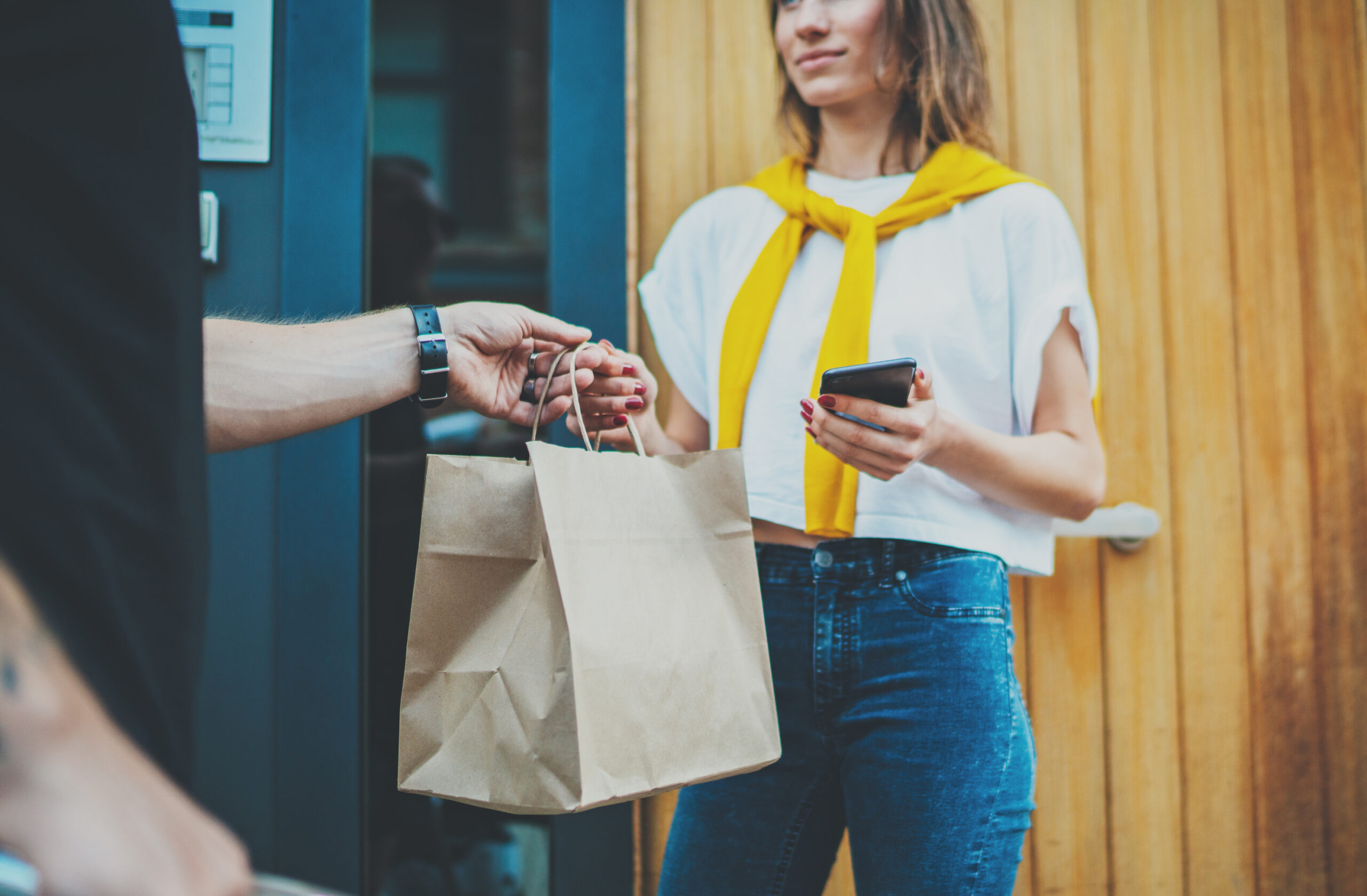There were fresh reminders today of how in-store experiences can attract shoppers, as the June footfall figures showed a drop in the number of visitors going to stores – especially on high streets. Stores on retail parks saw the only – small – improvement during the month.
Footfall across all UK stores was down by 2.9% in June 2019, compared to the same month last year, according to today’s BRC-Springboard Footfall and Vacancies Monitor for June 2019. The longer-term trend shows declining visitor numbers over three months (-2.4%), six months (-1.3%) and 12 months (1.7%) compared to last year. Hardest-hit was the high street, where visitor numbers were down by 4.5% in June, on last year, and down by 3.5% over three months. Shopping centres also saw visitor numbers decline (-2.4% in June, -2.7% three months), but retail park numbers were up by 0.1% in June, and by 0.5% over three months. Retail parks are thought to benefit from the popularity of click and collect as a convenient way of taking delivery of an online order – and for making returns.
Diane Wehrle, Springboard marketing and insights director, said the overall decline was disappointing but that there was evidence that retailers that offer experiences alongside commerce give shoppers a range of reasons to visit.
“Whilst footfall in high streets across the UK dropped by -4.5% in June, the continuing and growing demand from consumers for experience meant that in regional cities, which by virtue of the sheer breadth and depth of their offer means they can deliver on experience – footfall was far more resilient, declining only very marginally by 0.6%,” said Wehrle.
“And the same rule of experience delivering results also applied for shopping centres. Whilst footfall in shopping centres across the UK declined by -2.4% in June, in the largest centres of more than half a million sq ft the drop was just -0.5%, and only -0.1% in those largest centres with a strong dining offer. So it is clear that consumer demand is polarised between convenience and accessibility provided so effectively by retail parks and consumers’ craving for experience, driving them towards larger retail destinations.”
Helen Dickinson, British Retail Consortium chief executive, said: “High streets and shopping centres need to invest in improving their consumer experience if they wish to see these footfall numbers reverse. Unfortunately, high business rates as well as a raft of other public policy costs, mean there is little left over to spend on these improvements. If the Government wants to see more investment on the high street then they must reform the broken business rates system and give firms the means to make the necessary improvements.”
Three ways multichannel retailers are bringing shoppers into stores
Click and collect
Shoppers using click and collect services often spend more in-store when they collect the item that they ordered online. It’s also easier and faster – both for them and for the retailer – to make a return if they find the item’s not right for them. In 2019 research, 60% of Top500 retailers enabled shoppers to pick-up a paid-for online item in-store, while 48% enabled in-store returns of items ordered online.
Asda – via its toyou service – and Debenhams – via Doddle – are among a number of retailers that enable shoppers to pick up and return items in their stores that shoppers ordered online from a range of retailers. In its initial trial of the service, Debenhams said that 30% of customers who picked up an item via Doddle in its stores went on to make another purchase, with an average basket value of £25.
In-store events and workshops
Bringing shoppers in-store to share a common interest has helped both Hotel Chocolat – through events including chocolate lock-ins – and Hobbycraft – through craft demonstrations and workshops to lift sales both in-store and online. Once customers with a real interest in what is sold are in-store, it seems likely that they would make extra purchases. In its latest financial year, Hobbycraft reported growing sales and said that it planned to open more stores for their brand-awareness-raising, multichannel-service-enabling benefits.
In-store services
Helping customers get a chore done has proved a good way to bring them into branches of Halfords. The car and bike equipment retailer said in its latest full-year figures that 24% of group sales were related to in-store services, from fitting new windscreen wipers to replacing bulbs and batteries on cars to building and servicing bikes. That income comes both from the cost of the product itself and from the fee that Halfords charges for carrying out the job and from the cost of the product itself. Many of those items may be ordered online before being fitted at a store. Some 83% of ecommerce orders were collected from a store in Halfords’ latest year.
Image courtesy of Hotel Chocolat






